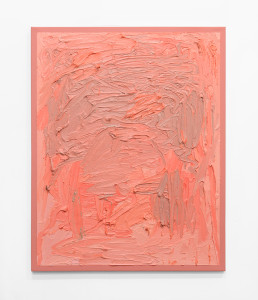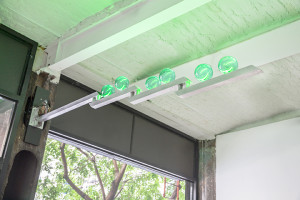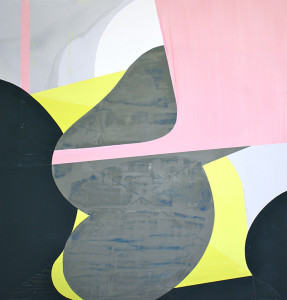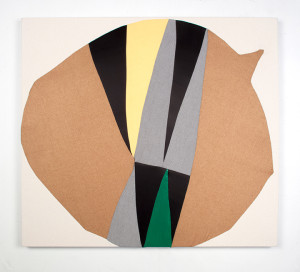METAMODERNISM
by Kristi Arnold, August 19, 2015
Oscillating between modernism and postmodernism, the term metamodernism represents contemporary work concerned with modes of self-expression while reviving historical principals and techniques. And yet, metamodernism is not so simply defined. As noted by Timotheus Vermeulen and Robin van den Akker in the 2010 article, Notes on Metamodernism, the prefix “meta” in relation to metamodern stands for artwork that is “between,” “with” and “beyond“ modernism and postmodernism. Therefore, contemporary work of today is neither associated with one nor the other but both simultaneously. Even though this description is quite broad, these artists approach their work with romantic ambiguity while still remaining earnest. At the same time, the work encompasses diverse themes associated with contemporaneity, including post-digital aesthetics, climate change, and a wavering economy, but most importantly, the work provokes conversations surrounding the past, present and the future. Metamodernism is both a tribute to modernism and postmodernism as well as a critique: a reaction not as separation but as inclusion to create critical discourse within art history in the 21st century.
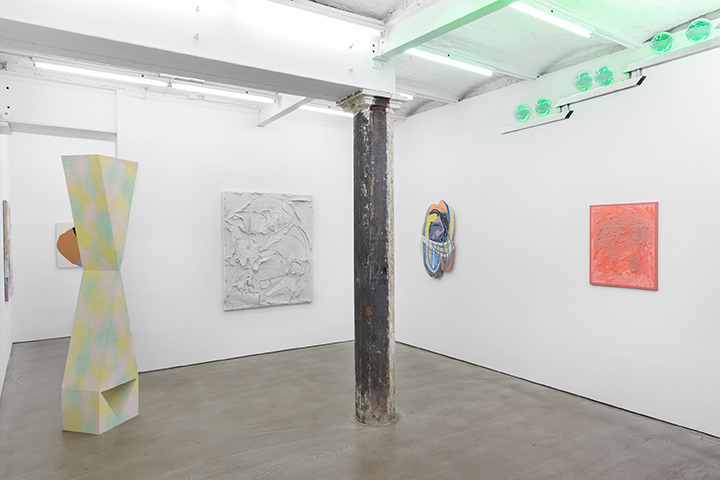 Installation View of Metamodern at Denny Gallery, NYC.
Installation View of Metamodern at Denny Gallery, NYC.
The group exhibition, Metamodern at Denny Gallery does just this. By showcasing current contemporary painting and sculpture, the exhibition explores both postmodern and modern concepts through the re-evaluation of historical work from varying mediums, styles and content by recalling abstract expressionism and minimalism. The work is serious and at times humorous, sincere yet lighthearted, ethereal and worldly. The show includes work by Rachel Beach, James O. Clark, Austin Eddy, Justine Hill, Christopher Martino, Marcelyn McNeil, Brendan Smith, Russell Tyler and Amanda Valdez.
© Russell Tyler, PAX, 2015. Oil on canvas. 30 x 24 inches. Courtesy the artist/ Denny Gallery, NYC.
Typically, Russell Tyler’s paintings toy with nostalgia. Growing up in the digital age where computers and video games were part of everyday life plays into his work. Computer and old-school television screens come to mind as well as color gradation studies from Photoshop. His paintings are smart and silly, complex and simple but most importantly the paintings are sincere and beautiful. Additionally, Tyler’s paintings are reminiscent of the work from past artists such as the simplified geometric grids of Piet Mondrian’s later work, color field paintings of Mark Rothko and the early abstract expressionistic work by Philip Guston. The painting, Pax, in particular resembles Guston’s painting, Zone (1953-54). Tyler incorporates the same fleshy and lush quality of pink taffy-like paint and energetic brush strokes. However, what stands out most about Pax is the tension between the carefully controlled edges of the painted frame juxtaposed with the expressive marks of the center composition. This frame creates a nice distraction from the painterly marks of the thick paint as well as a contrast of surface texture between matte and luminous paint.
© James O. Clark, Use More Green, 2015. Aluminum, glass, argon and plastics. 20 x 84 x 6 inches. Courtesy the artist/ Denny Gallery, NYC.
James O. Clark’s piece, Use More Green, possesses a similar luminous quality. Six glowing green orbs sit atop three of the four-tiered pieces of aluminum that jut out precariously from a column at the gallery’s entrance. The placement of Clark’s piece in connection to the column seems crucial, as the column morphs into his sculpture. In this way, the piece interacts with the architecture by activating the space. The ceiling is illuminated with an unnatural green light, while the curve of the glass echoes the curved ceiling. Even the lines created from the aluminum rectangular shapes echo the beams. Clark, who remains faithful to the use of light, whether the material is argon or neon, consistently reinvents light by creating work that is refreshing and forward thinking. Clark’s work remains timeless, playing into the “between,” “with” and “beyond“ of metamodern work. As mentioned by gallery owner and curator, Elizabeth Denny, including an artist whose work is cross-generational is important to the exhibition because it reveals diverse generations tackling similar ideas. Clark’s work truly comes out of postmodernism. Use More Green is also a tribute to the late artist, Jake Berthot who passed away last year. According to Clark, Berthot suggested that painters should use more green. Taking his advice to heart, Clark did in fact use more green.
© Justine Hill, Paper Doll 3 (Tiki), 2015, Acrylic, pastel, and pencil on canvas wrapped wood, 40 x 24 inches, Courtesy the artist/ Denny Gallery, NYC.
Justine Hill’s painting, Paper Doll 3 (Tiki), is both painterly and sculptural. Resembling an abstracted or warped speech bubble, the canvas breaks free of the traditional landscape/portrait format, recalling Elizabeth Murray’s vibrant and funky-shaped canvases. However, in Hill’s painting, the colors are muted and the shapes pile on top of one another. The space is claustrophobic. And yet this space works. Energetic lines that circle and weave in front of and behind collage-like shapes seem to have been made in a frenzy, leaving little room for mistakes, only an intuitive reaction to the marks already on the surface. At the same time, the squiggle-like blue line that lays on top of the majority of the painting is reminiscent of digital marks made through computer programs such as the brush tool in Photoshop, a technique that remains prominent in contemporary painting today.
© Marcelyn McNeil, Cliff Hanger, 2015. Oil on canvas. 54 x 52 inches. Courtesy the artist/ Denny Gallery, NYC.
In a similar fashion, elements of collage are prominent in Marcelyn McNeil’s painting, Cliff Hanger. Five flat shapes dominate the large canvas. On one hand, the shapes seem awkwardly placed and random. On the other hand, the composition seems carefully considered. An acid-yellow sits behind a cool grey biomorphic shape while a cotton candy pink form hangs from the top. Blips of orange and green peek through the prominent black shape. The dragging and scraping of the grey paint with a palette knife creates a soft surface in opposition to the hard-edged and flat shapes.
© Amanda Valdez, Untold, 2015. Fabric, acrylic and canvas. 28 x 32 inches. Courtesy the artist/ Denny Gallery, NYC.
Amanda Valdez’s mixed media piece, Untold, also possesses the same awkward sensibility. With difficulty, a gigantic biomorphic blob or perhaps a mound sits at the bottom of the canvas. The shape appears animated yet static. Tension exists between the negative space and the edge of the frame, simply because of the odd placement of the form. Not only do the shapes reference rocks, they also appear bodily. The puckering of the fabric recalls pinched skin or belly-buttons. Also, the relationship between contrasting textures through the juxtaposition of stitched fabric and paint reoccurs throughout her work. Valdez’s approach to her artwork is strange and clumsy yet completely clever and unique.
The artwork in the exhibition, Metamodern, is heavy and light in both palette and texture, engaging yet cold at times but consistently exudes a quiet sincerity. And even though the work only touches on the vastness of the term, metamodernism, the show encourages a discussion surrounding complicated themes concerned with the past, present and future of contemporary art. Metamodern runs until August 29th, 2015. Denny Gallery is located at 261 Broome Street in New York City. Summer hours are Wednesday–Friday from 11am to 6pm.

